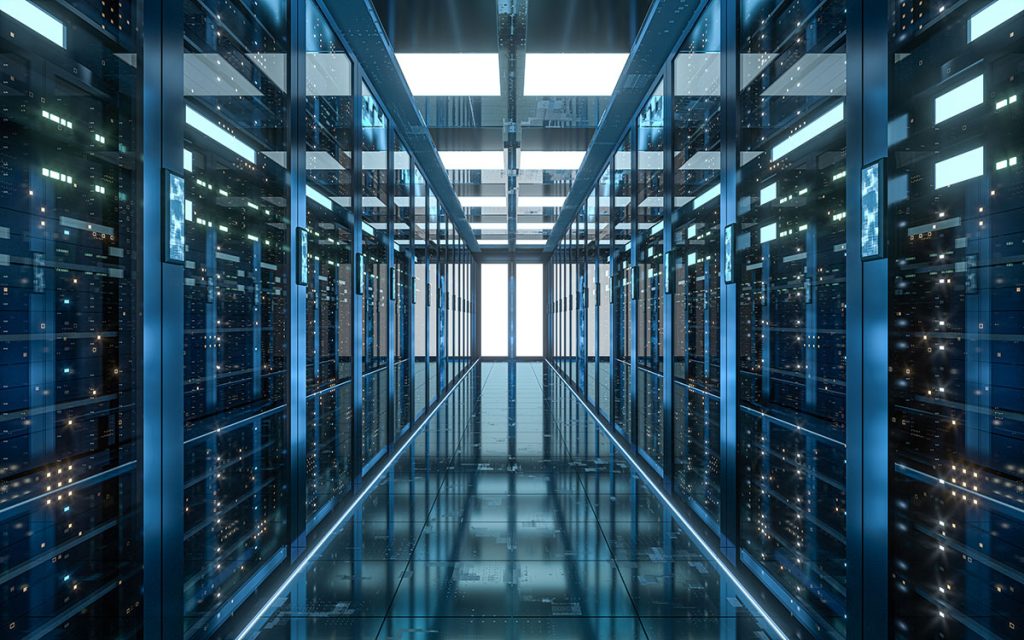In companies’ special IT infrastructures and facilities, the use of redundant servers is a common practice today, as they allow improving the availability of services with an agile, flexible, scalable and highly reliable system.
These are servers that are not online, but can be used immediately if the main server fails or there is an incident, guaranteeing access to company services and information at all times.
What are redundant servers
Redundant servers are a computing infrastructure that allows new additional servers to be provided quickly and easily (at run time), that is, there is no need to stop the system to add a new server to it. This server redundancy is mainly used for backup, failover or performance and power increase tasks.
When we talk about redundant servers, we are referring to the availability of IT services, since the main objective of their use is to guarantee access to them in case of problems or incidents. In a redundant server system, replicas of the server with the same characteristics (power, storage, applications and other operating parameters) can be created and put into operation in real time.

How a redundant server system works
These types of systems use different servers, where one acts as the main server, while the rest remain offline. The system is configured in such a way that if the main server suffers from a problem or stops working, it is automatically replaced by one of the servers that were not active (in standby mode), performing the functions of the main one in a minimum period. of time.
Another way to use redundant servers is for all of them to be active sharing the workloads. If any of the servers fail, the rest automatically take over their tasks to guarantee the availability of data and services. With these systems, server availability is guaranteed even in the worst situations (a hardware failure, for example).
Why use redundant servers in your company?
More and more companies are opting for the use of redundant servers to manage their information and host their tools and applications. Let’s see what are the main benefits offered by these redundant systems.
High availability
High availability consists of keeping services and access to information always available, that is, 99.99% of the time. The redundancy of servers, as well as other technologies (such as load balancing), has made it possible to maximize the availability of services thanks to a system that prevents falls and always guarantees high performance.
In a redundant system, when an incident or failure occurs that affects the main server, or one of the servers in the system, another server assumes its tasks and processes immediately and automatically, preventing the end user from being affected by this problem.
Information protection
Access to information is guaranteed with redundant servers, something essential for any company in this digital age where data is the main business asset.
Betting on redundant systems allows the company to protect its data and access or recover it in the event of any type of problem or incident (cyberattack, malware infection, information theft, power supply problems, and even natural disasters).

Scalability and flexibility
A redundant server system adapts to the needs of the company at all times. This flexibility and scalability allows the capacity of the servers or their number to be expanded at any time, without implying an interruption of the service or access to the data, or requiring the completion of complex procedures and processes.
More reliable systems
Companies need reliable systems that guarantee access at all times to their systems, applications and data. In a highly competitive and digital environment, where the use of technologies such as cloud computing or big data are essential to be more competitive, redundant servers are very important systems when it comes to giving companies peace of mind and confidence.
With these types of redundant systems, companies can be confident of 24/7 access to their platforms and information.
Eliminate hardware issues
Servers are made up of electronic elements that fail due to their intensive use over time. This type of hardware problem is the cause of many of the stoppages or interruptions of the activity, because they require a technical intervention for a repair or replacement of parts (with the consequent interruption of the service).
With redundant servers, in the event of any hardware failure, another server will take over the processes, avoiding interrupting the service while the corresponding repair tasks are carried out. For example, if one of the server’s RAM modules fails, another server will immediately take over, allowing you to replace that module at any time without affecting system uptime.



